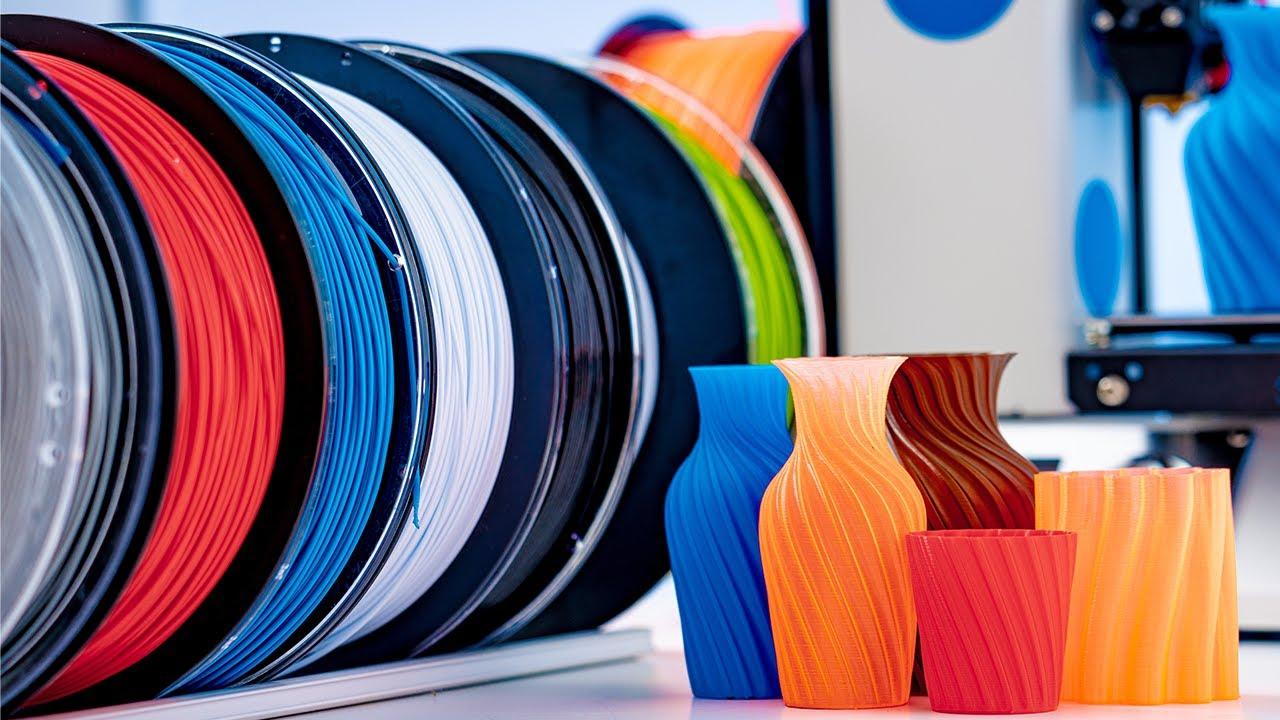The 3D printing materials market, despite its rapid growth and innovation, faces several challenges that could impact its future development. These challenges stem from technical, economic, and environmental factors that must be addressed for the industry to reach its full potential.
One of the primary challenges is the limited material variety and performance consistency. While 3D printing materials have evolved significantly, many of the available options still fall short in terms of strength, flexibility, and durability when compared to traditionally manufactured components. Additionally, the performance of some materials can vary depending on the specific 3D printing technology or process used, leading to inconsistencies in the final product. This issue is particularly problematic in industries like aerospace and healthcare, where high-quality and reliable parts are critical.
Another significant hurdle is the high cost of specialized 3D printing materials. Many of the advanced materials required for specific applications, such as metal alloys or biocompatible polymers, are expensive to produce. This makes additive manufacturing less accessible for small and medium-sized enterprises that may struggle to justify the investment in both materials and equipment. As a result, cost remains a barrier to widespread adoption, especially in industries that are more price-sensitive.
Sustainability is also a pressing concern in the 3D printing materials market. While there has been a push for more eco-friendly materials, such as biodegradable resins and recycled filaments, many of these materials still face challenges in terms of availability, performance, and cost. Moreover, the environmental impact of some 3D printing processes, including the energy consumption required for certain technologies, adds to the complexity of achieving sustainability goals.
Ultimately, while the 3D printing materials market holds significant promise, overcoming these challenges will be crucial for enabling broader adoption and unlocking the full potential of additive manufacturing. Addressing material limitations, cost issues, and sustainability concerns will be key to driving future growth in the market.



